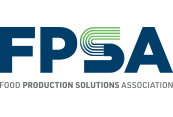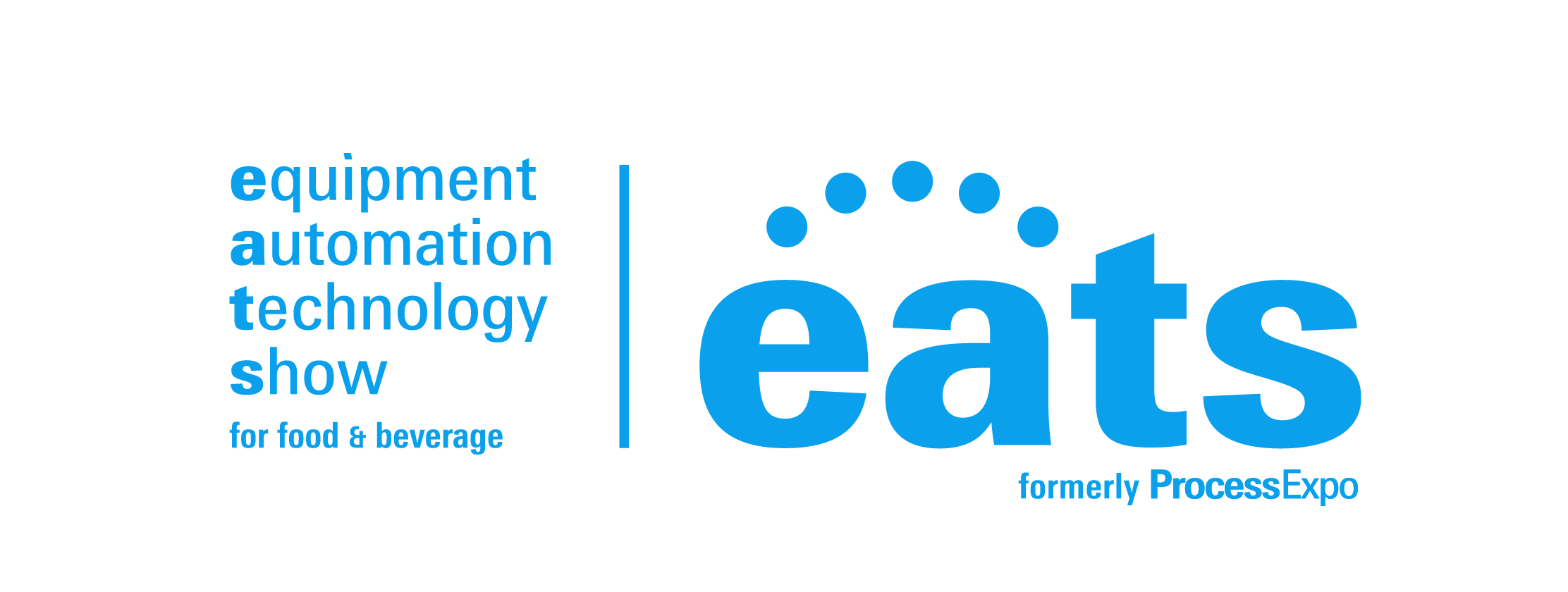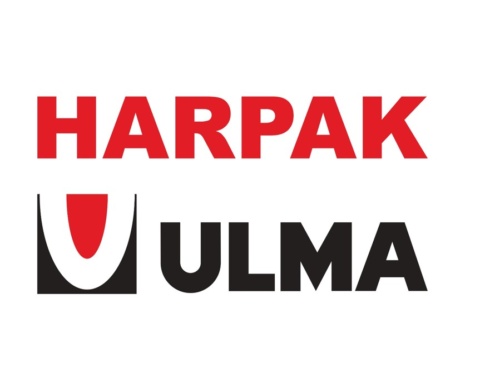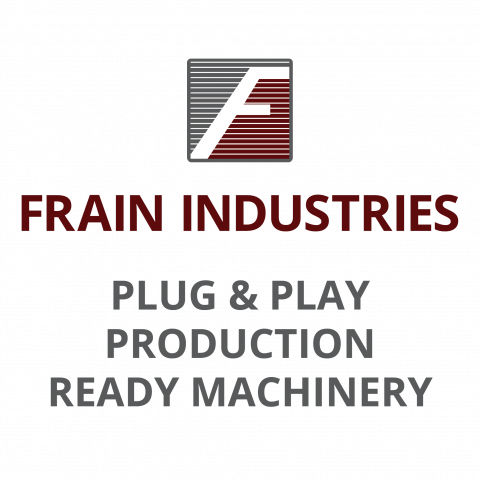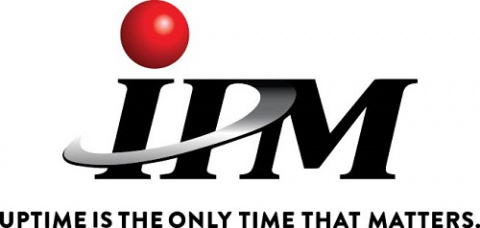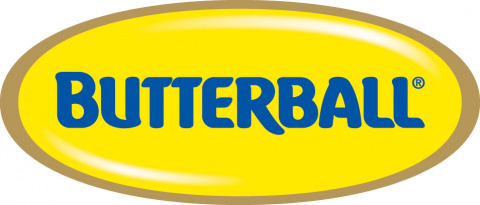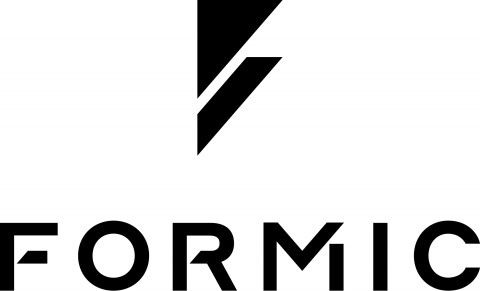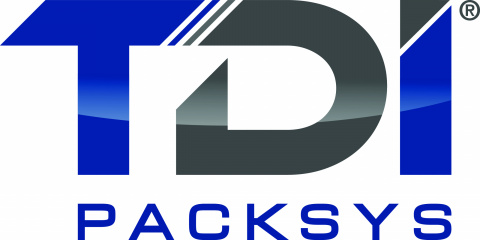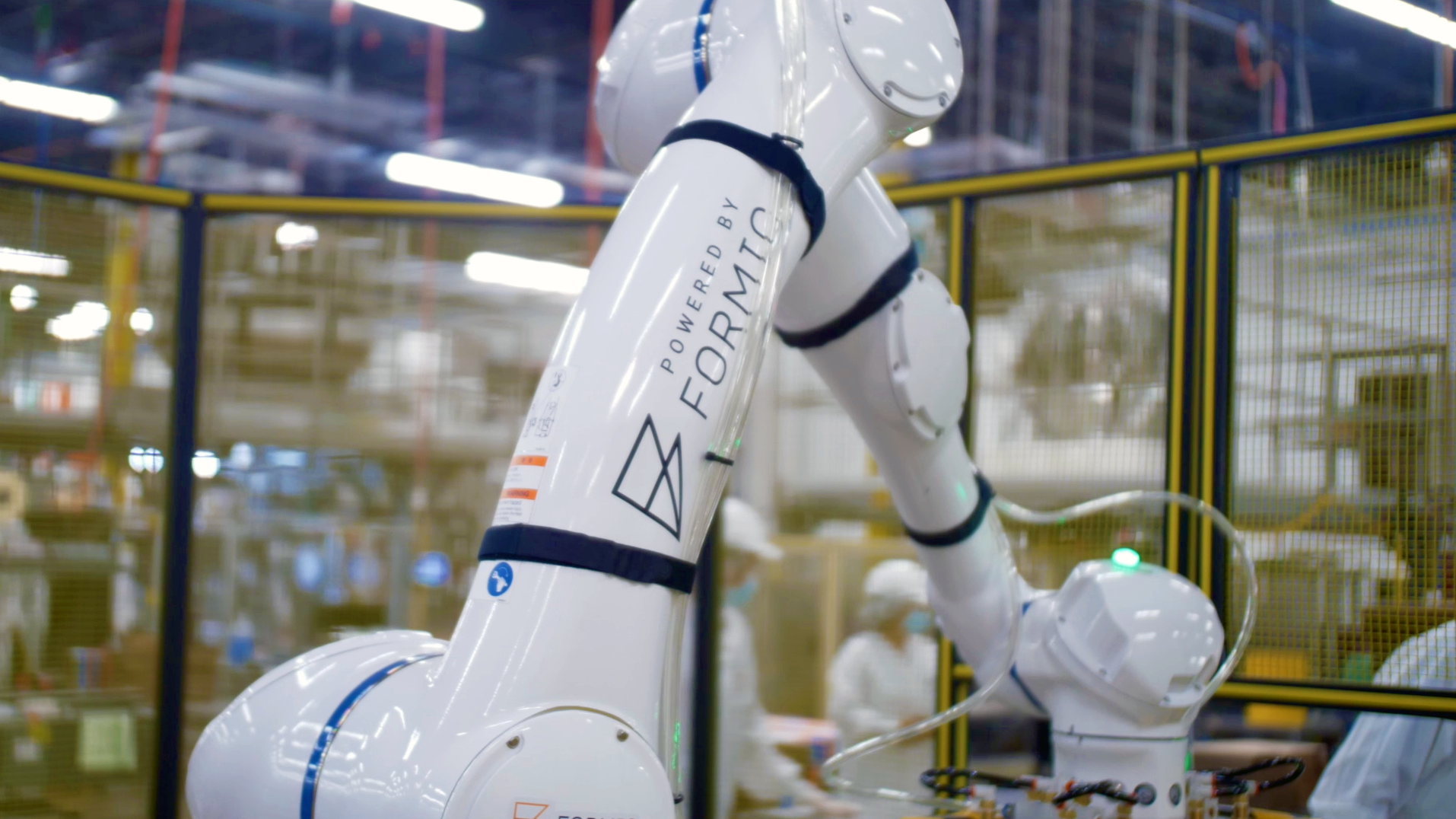
For this week’s blog, I would like to share an interview I recently had with one of FPSA’s newest member companies – Formic. In this interview, Formic’s Co-Founder, Misa Ilkhechi, discussed automation and robotics and what they are doing to make this technology more accessible for food processors.
FPSA: Misa, Formic is a new member to FPSA and it is my pleasure to speak with you regarding your technology. Can you share with us a little background? How long has Formic been in business and what type of products and services do you provide for the food and beverage industry?
Formic has been in business for almost two years. Our team has over 300 years of combined experience in industrial automation and robotics. We provide robots or any other type of automation (case packers, palletizers, case erectors, AMRS, and Automated Forklifts) as an operational service where manufacturers “pay as they go”. We charge only for the uptime of the equipment (think of a staffing agency that provides robots instead of manual labor). Our customers save 40% on average on their operational expenses compared to their rising labor costs. We scope, design, and install the equipment and won't charge until the system is up and running at our customer's facility. We also continue to monitor, service and maintain the robots at no additional cost, so the production doesn't miss a beat. We like to call it RaaS (Robotics-as-a-Service).
 FPSA: As I’m sure you know, a food production plant can be an unforgiving environment. How do robotics handle these challenges?
FPSA: As I’m sure you know, a food production plant can be an unforgiving environment. How do robotics handle these challenges?
Although most of the robots we have deployed are working in secondary food handling, we have a range of solutions that could work anywhere from primary to secondary food handling and even in freezer environments. The Formic team and our contractor network will take into consideration the various challenges when designing our system and deploying automation in food processing and production plants.
FPSA: Material handling has been one of the early adopters to robotics in the food plant. How do you see this trend evolving?
There are currently an increasing number of tasks that can be done in end-of-line material handling due to the increased flexibility of automation solutions that were not possible in the past. These solutions include flexible mobile palletizing and case packing robots with simple interfaces for operator interaction and simple recipe changeover. The majority of these tasks were not automated in the past due to the complexity of set-up and programming, which are being addressed by more flexible designs and an increasing number of easy-to-use software interfaces. The second biggest trend we see is in end-of-line pallet handling with AMRs (Autonomous Mobile Robots) and automated forklifts, which are being adopted for moving goods within a facility.
FPSA: Does Formic produce technologies for further upstream, for example, in food processing?
We are only offering material handling, pick and place, and inspection systems for food processing plants. Formic will continue to work with our customers to address the need for automation, and upstream food processing could be evaluated in the future if there’s an increasing need for such solutions.
FPSA: What are some of the challenges you have seen among customers in adopting robotic technologies?
Production volume uncertainty, performance risk of automation systems, lack of in-house expertise to scope and identify automation opportunities, and heavy upfront investment required to purchase and implement the system are among the top reasons why automation hasn’t taken off as much as everyone is expecting. The current process of acquiring automation puts the majority of the work and performance risk in the hands of the end-user. The cumbersome and unfamiliar process keeps manufacturers from moving forward with purchasing decisions, and uncertainty around customer contracts also hinders investments. Robotics-as-a-service solves both challenges by absorbing the risk and enabling flexible, short-term automation contracts.
FPSA: Talk to me about food safety. How does food safety fit with your robots?
Regarding primary food handling, we know safety is of the utmost importance. Primary food handling is done by dedicated food and clean room robots equipped with food-grade grease and special coatings. We've considered all possibilities regarding primary food handling and can design our food robots to address safety and ergonomic concerns.
FPSA: Speaking with other members, they have indicated that workforce shortages are pushing food processors into much higher degrees of automation just to get product out the door. Is that Formic’s experience and if so, do you see us that continuing? In short, is this increased level of automation here to stay?
Yes, absolutely. There are over 1M open jobs in manufacturing. With the lack of an incoming workforce and the retirement of baby boomers, this number is expected to increase significantly (5m by 2028). The rising labor costs will make it uneconomical for manufacturers to continue to pay for labor and stay competitive. We certainly think automation will continue to reshape the way manufacturers go to business and help them reduce their production costs and stay competitive. We are at an inflection point in US manufacturing, similar to what agriculture went through in the 1900s with the introduction of tractors and other industrial farming equipment, making farming a lot more efficient and less labor intensive. We will see a similar trend in manufacturing with the mass adoption of automation and robotics, but this is only possible with new affordable models like RaaS.
 FPSA: For that food processor out there reading this, who knows they need to increase their automation to ensure consistent production, what are some of the first things they need to think about before bringing in a company like Formic?
FPSA: For that food processor out there reading this, who knows they need to increase their automation to ensure consistent production, what are some of the first things they need to think about before bringing in a company like Formic?
There are important aspects in the early design phase and also the longer-term operational phase. In the design phase, nailing down the documentation of the manual process (sequence of operation) and understanding the nuances will help identify the right solution and ensure nothing will be overlooked. There is a phrase in our industry “if you can document it, you can automate it”. The manufacturer should accurately document their process for a successful system.
For ongoing servicing, it’s necessary to consider future needs and plan on some changes. Companies who are automating for the first time often plan for an ideal world but then have a negative experience when things change and annual service costs skyrocket. This is part of the reason why the Formic service has been so valuable – we have the experience and financial model to enable both aspects, design and service, with one predictable and affordable rate.
